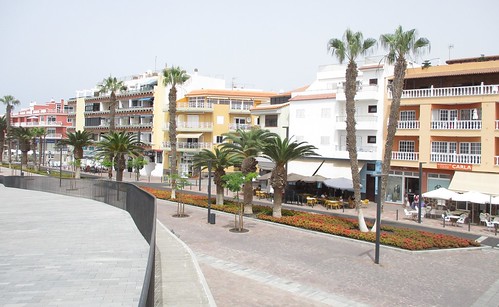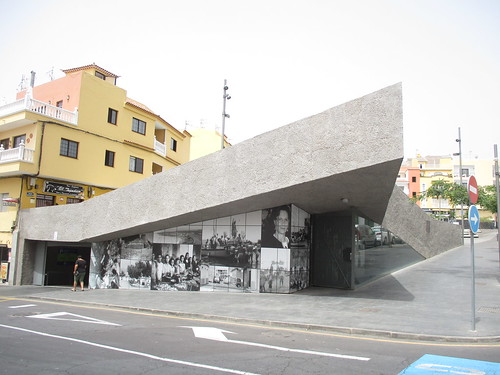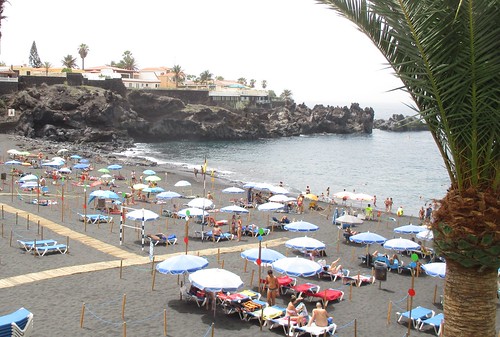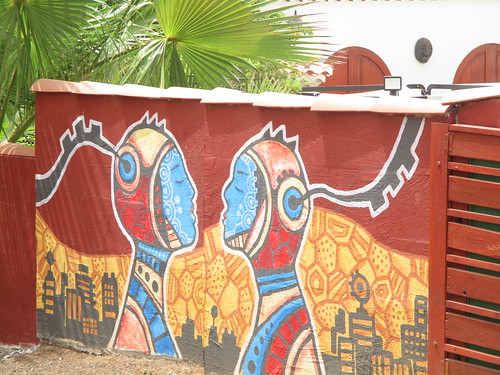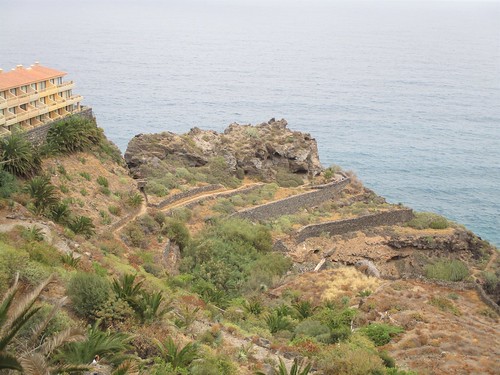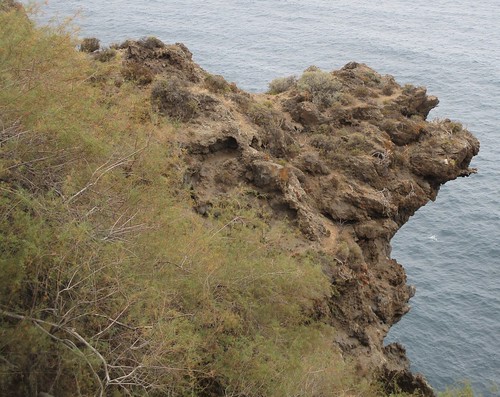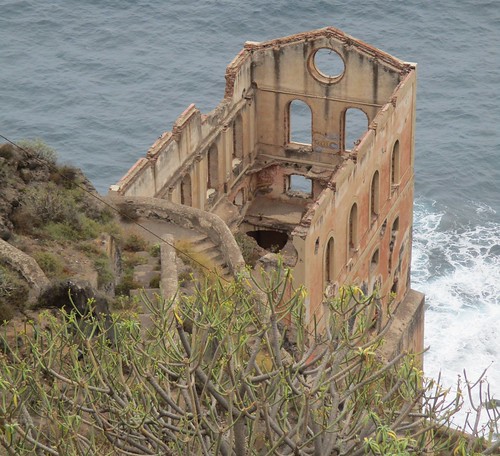
Leg breaks, cracked vertebrae, and even a rare life threatening lung infection couldn´t keep Dingle Brown from his love of speedway as a rider, manager, and promotor. Now a sprightly 80 year old settled in Adeje, Tenerife, Dingle reflected on his broad siding, shale shifting experiences. “Rayleigh Rockets were quite local to my home in Matching Green, near Harlow in Essex, and I made my debut for them in 1958 but my dad had already got me interested in speedway with trips to see West Ham Hammers, They rode at Custom House Stadium which was bigger than Wembley. ”

Travelling played a big part in a riders life. Each track had its own race night, and with guest slots and second half rides adding to regular duty, riders criss crossed the UK with bikes in vans or just pulled behind their cars on trailers. Injuries were always waiting to add a further test to a riders dedication. “I was racing at Exeter for Stoke and broke my leg in a crash, Stretched out full length I had to be strapped to train seats after windows had been removed to get me on board, The trip home involved a train to Swindon, then across to London via Liverpool Street to Harlow. Even then after four months I discovered that a stand in doctor had got the traction treatment wrong and that stretched my recovery even further.”

Dingle still has the pin that was inserted into his leg, it ´s among his haul of momentos and photos from those days he still recalls with pleasure and satisfaction. A fractured spine came from a mid week crash at Kings Lynn and the cracked vertebrae was accompanied by a busted seat in another shunt. Few riders achieved the fame of World Champions like Barry Briggs, Ivan Mauger, and Hans Nielsen. For most it was a labour of love limited appearance and travel money. Dingle was working as a brick layer and later had interests in a car breakers yard, and boarding kennels, They were busy times as Dingle went on to ride for West Ham, Poole, and a nice round trip for “home” meetings with Scunthorpe Saints.

Team speedway used the classic formula of seven riders a team, two of each in the 13 heats, with points for finishing places also adding up for the overall team scores. Dingle also got to wear the Great Britain team jacket in an international clash with the Czechs and enjoyed further international experience.”I got to ride in France, Germany, and Holland and met some great riders. Back home, Australian Peter Moore made a big impression on Dingle.”Peter was the fastest out of the gate that I ever saw, One of my special memories was reling him in for a last heat win in a league matvh on a borrowed bike. “Barry Briggs was another top rider who made an impact on the sport. “Barry introduced the Czech made Jawa bikes to British speedway and they took racing to another level.”

Despite his many knocks and bumps, Dingle´s biggest threat came from within. Always young at heart, in his later racing years he began to suffer from bouts of unexplained tiredness and got a medical opinion. ” The doctor found growths on both lungs and warned Dingle it may be cancer. Further tests left the doctor as shocked as I was to find I had sarcoidodis, which was very rare and difficult to treat. Maybe my overall fitness helped, somehow with rest and care it faded away and I felt back to my old self.”
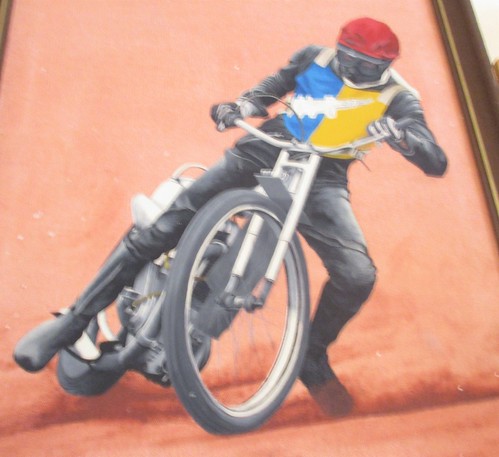
Even when Dingle hung his leathers up, speedway lured him back. “I was asked to be team manager for Mildenhall and was even given the track licence for a while. Later Wimbledon Dons asked me to cover one night as track manager, I ended up there for four years, ending up as promotor just before the Plough Lane stadium closed and was demolished in 2005. ” The site has now been redeveloped as the new home of AFC Wimbledon and should stage football before the end of 2020.

Tenerife has no speedway racing pedigree but the AGM of the British Speedway Promotors Association has taken place in Playa de Las Americas for several decades. Dingle had met a few speedway friends over here and made the full time move eight years ago. That´s how this lapsed Oxford Cheetahs fan came to meet Dingle and flicking hrough his latest copy of the World Speedway Riders magazine, I was thrilled to see a feature on Dag Lovaas, my first Oxford Speedway hero from watching the then named Oxford Rebels in 1975. Dingle spoke warmly of his second half rides at Oxford in the early 1970´s when Colin Goodey, Ronnie Genz, and Arne Pander were senior riders there. Cowley Stadium has defied the wishes of property developers since its 2005 closure and a few good people are still hoping to bring speedway back. The national picture isn´t quite as rosey, a few weeks before meeting Dingle, the BSPA ruled out UK racing for the 2020 season due to the coronavirus. Dingle has speedway in the blood, and new generations are simularly driven and ready to ensure that speedway will overcome all setbacks to thrill more sports fans in the near future.

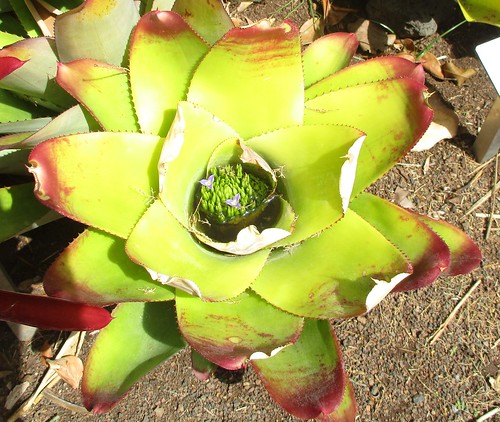

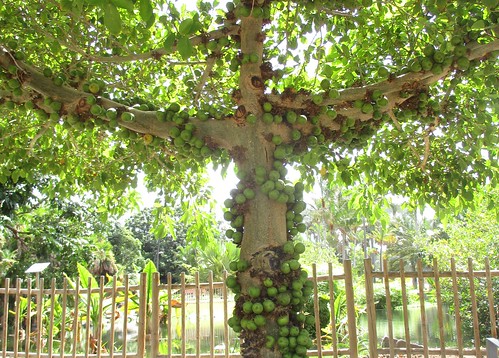






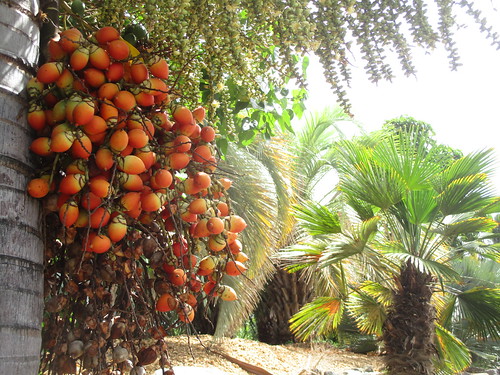






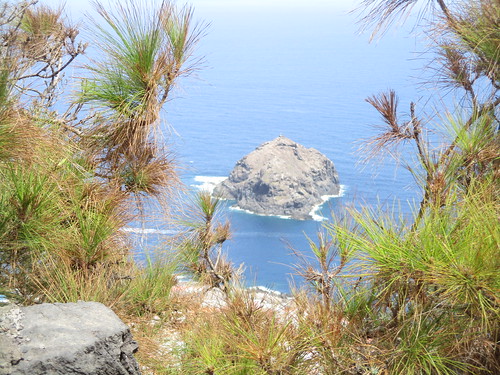
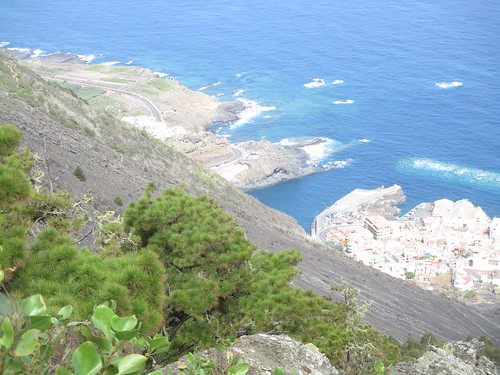







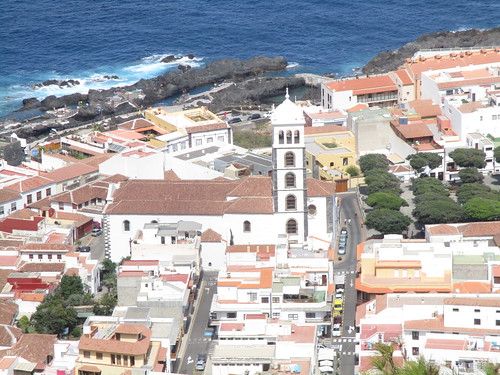

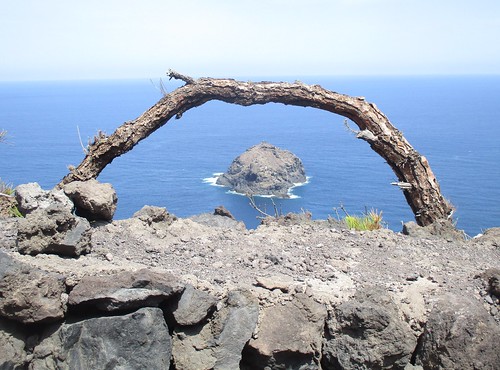










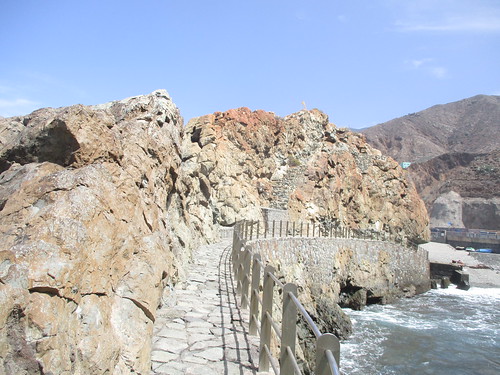


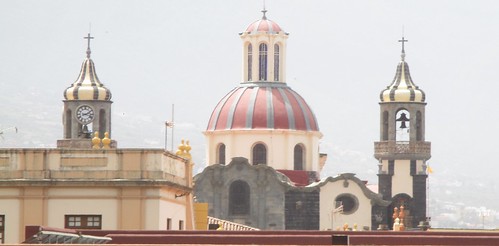
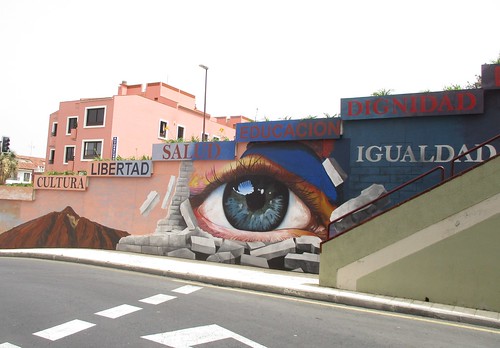





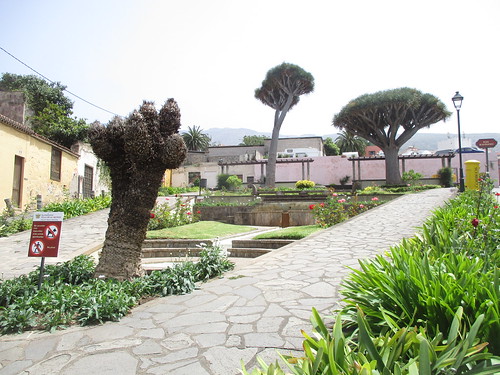



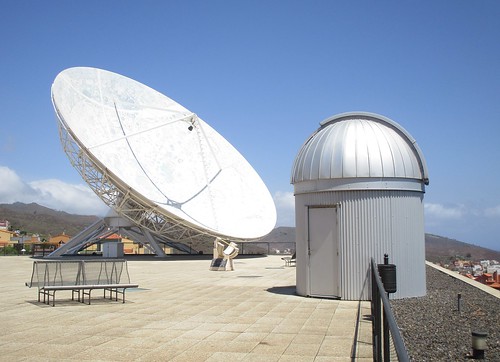








 all about the formal and famous, Matias Matia gave a nod to the digital age, beaming down from on shoppers. The bubbling fountains of Fuente de los Remedios were another lovingly crafted, corner to catch my eye. The local traders were banging their drum to supprt the towns business folk in these troubled times. Posters stressed the need to visit your local shop keper, and taxi drivers were lending their support to
all about the formal and famous, Matias Matia gave a nod to the digital age, beaming down from on shoppers. The bubbling fountains of Fuente de los Remedios were another lovingly crafted, corner to catch my eye. The local traders were banging their drum to supprt the towns business folk in these troubled times. Posters stressed the need to visit your local shop keper, and taxi drivers were lending their support to 


